We live in an era in which we are saturated with stimuli that prevent us from maintaining attention on something. It is increasingly common to watch a movie while reading the news on the computer and chatting at the same time via the mobile phone. Certainly, we are used to performing multiple tasks at once, but do we really pay the necessary attention to what we do? How do we know when we are facing attention problems? Can attention be trained?
What is attention?
Attention is the cognitive capacity to generate, direct, and maintain an appropriate state of activation for the correct processing of information.
Types of attention
Within attention, three distinct processes or types are distinguished:
- First, sustained attention. It is the ability to smoothly maintain the focus of attention on a task or event for a prolonged period of time.
- Selective attention is the ability to direct attention. It is also what allows you to focus on something without letting other stimuli, whether external or internal, interrupt the task.
- Finally, alternating attention. Which is the ability to shift our focus of attention from one task or internal rule to another smoothly.
Attention problems:
The most common difficulties experienced by people with attention problems are:
- Easy distractibility and lack of attention to details.
- Difficulty following instructions and finishing tasks.
- They tend to make careless mistakes.
- They avoid tasks that require sustained mental effort.
For example, when we constantly switch from one stimulus to another and are unable to focus attention on any of them, we are facing an attention problem. Furthermore, this will decisively affect memory processes, since if we do not pay sufficient attention to a stimulus, we will not be able to process it and retain it in memory.
If you liked this post about attention problems, you may also be interested in the following posts:
“This article has been translated. Link to the original article in Spanish:”
Problemas de atención: qué son, tipos y síntomas


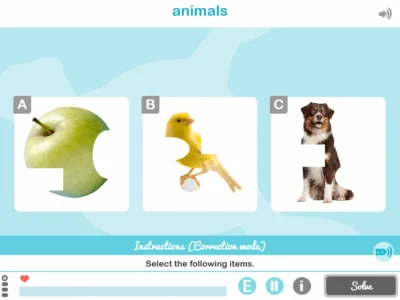
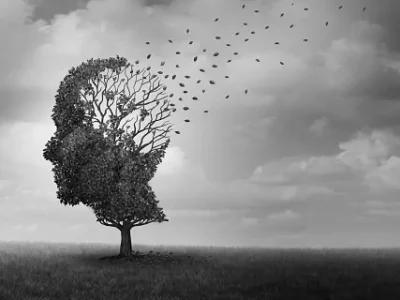
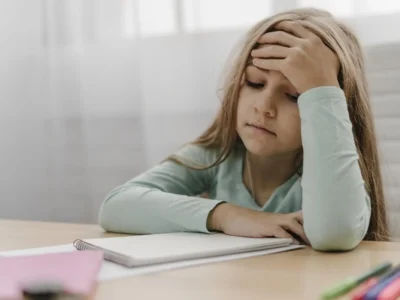
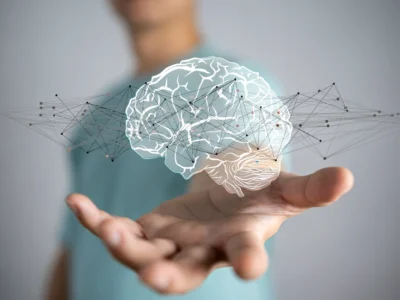
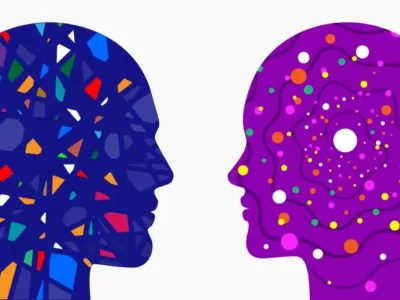
 On-off Phenomena and Wearing-off in Parkinson’s Disease
On-off Phenomena and Wearing-off in Parkinson’s Disease
Leave a Reply